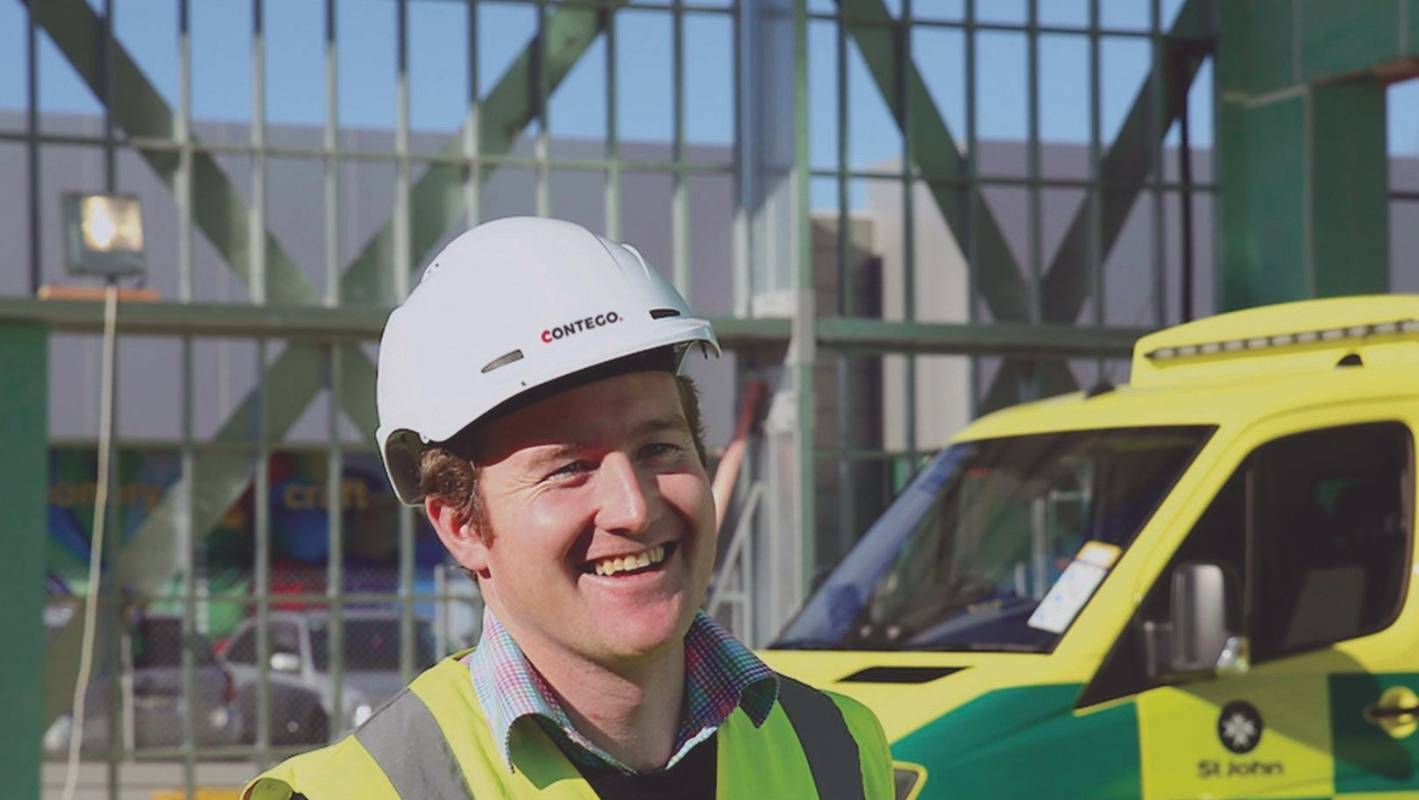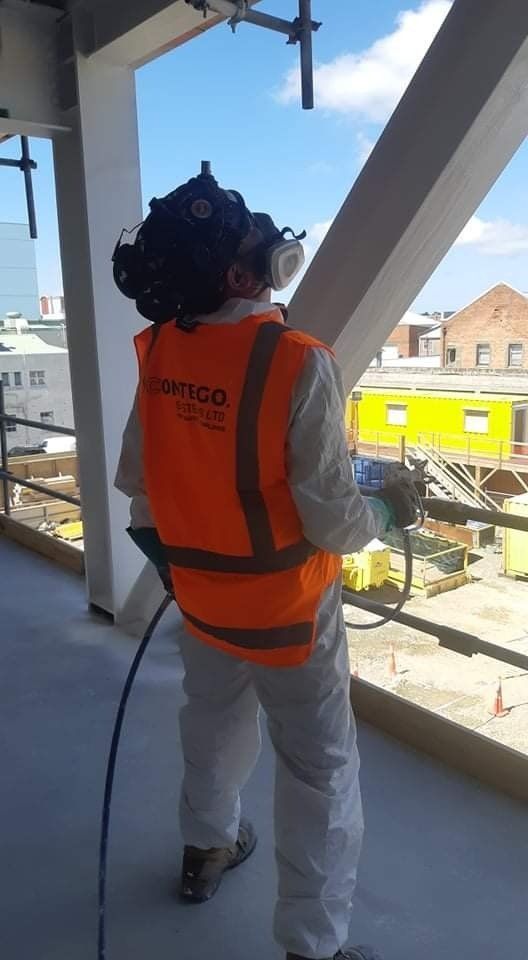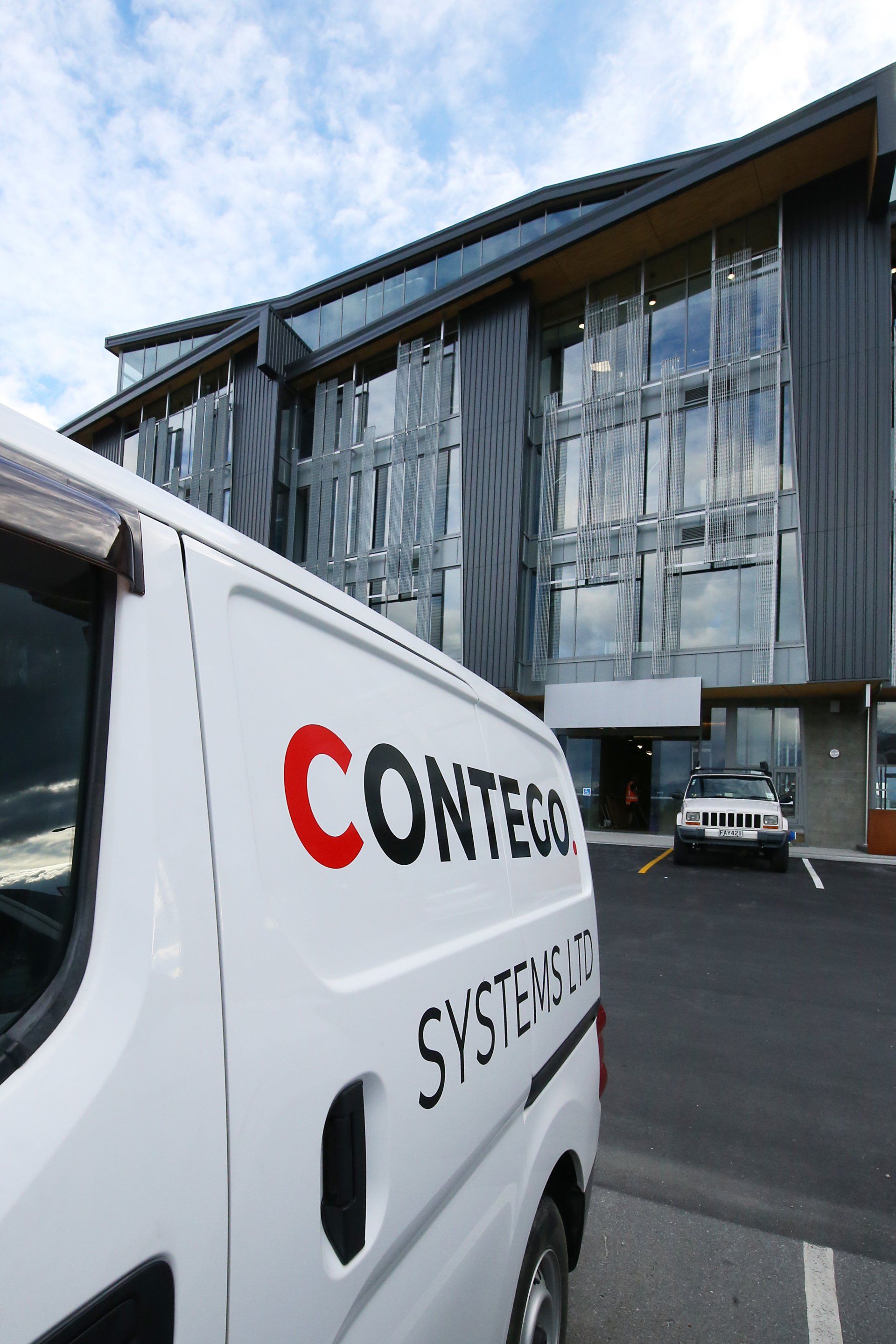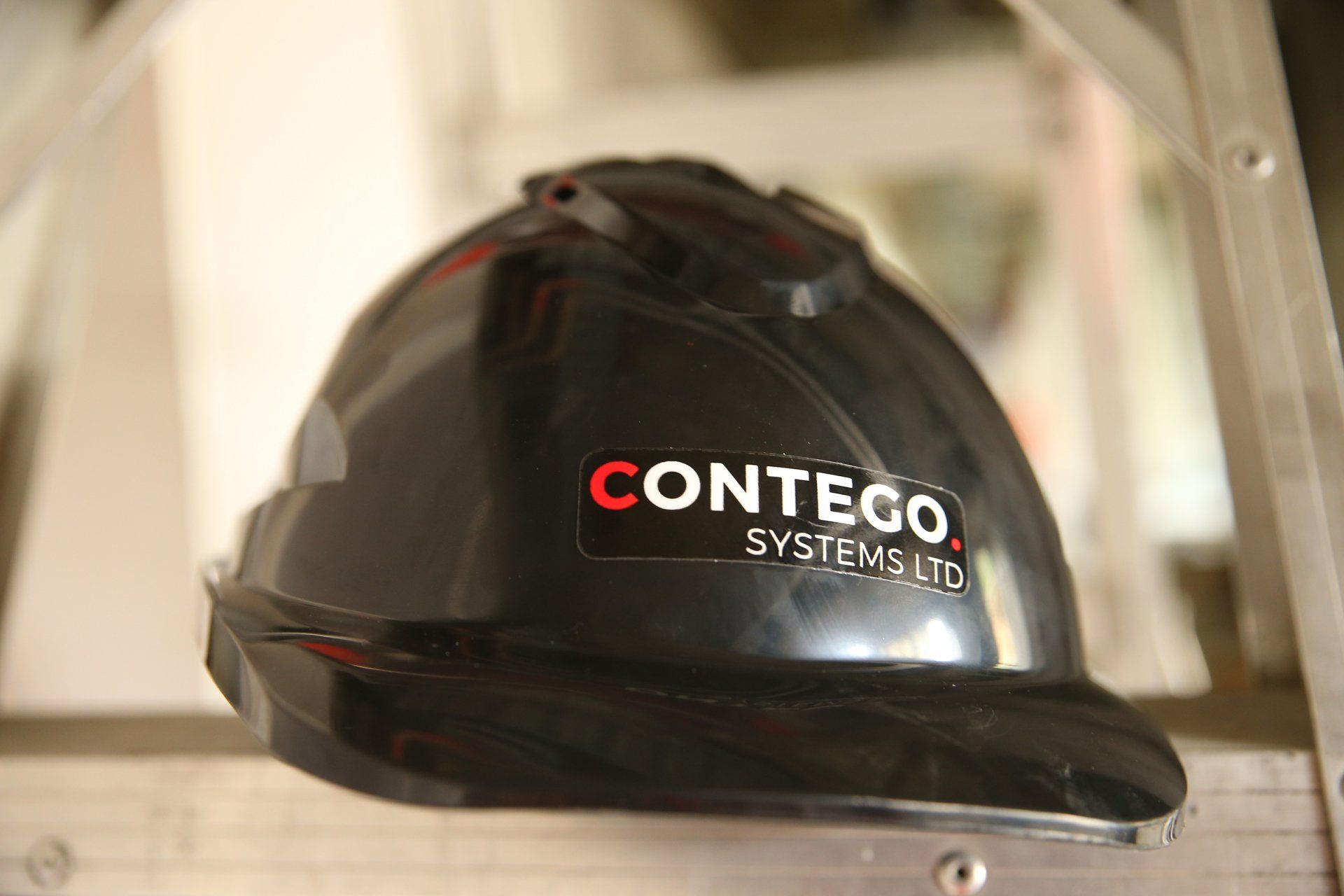Passive & Active fire protection, whats the difference?
Colm McGrath • October 15, 2019
There are two types of fire protection systems, Active Fire Protection
(AFP) and Passive Fire Protection
(PFP). When it comes to fire safety it’s important that both systems are properly working in the event of a fire.
Active and passive fire protection systems are meant to work together during a fire, not one in place of the other. But, there still may be some confusion about the differences between active and passive fire protection.
Active Fire Protection
Active Fire Protection is a group of systems that require some amount of action in order to work efficiently in the event of a fire.
Some of these actions may be manually operated, like a fire extinguisher. When a fire is detected, the individuals in the building work actively to extinguish or slow the spread of the fire and once firefighters arrive, they use fire extinguishers and fire hoses to put out the fire altogether. Some systems are automatic, like a sprinklers which are activated by heat or smoke and help to slow the growth and spread of fire.
The active fire protection in a building will assist in putting out the fire, but may not always work properly. Especially during winter, sprinklers often fail due to frozen pipes, roads could become icy, and hydrants could freeze, which all delays a firefighter’s job and let's the fire grow.
Passive Fire Protection
Passive Fire Protection is a group of systems that compartmentalize a building through the use of fire-resistance rated walls and floors, keeping the fire from spreading quickly and providing time to escape for people in the building. Dampers are used in a facilities ducts to prevent the spread of fire/smoke throughout the building’s ductwork system. Fire doors help compartmentalize a building, while giving its occupants means of escape. Fire walls and floors help separate the building into compartments to stop the spread of fire/smoke from room to room.
Passive Fire Protection compartmentalizes a building into smaller sections to prevent the spread of fire and smoke throughout the building, while also providing occupants more time for evacuation. However, it doesn’t put out the fire altogether, it just helps contain it to one location.
Why both is better than just one!
Active and passive fire protection systems, although different, are important to a building's overall fire safety.
The active fire protection uses systems that take action in putting out the fire, while Passive Fire Protection uses systems that help prevent the spread of fire and smoke. Just because one is working doesn’t mean you should ignore the other, or that one is more important than the other. Therefore, to ensure that a building has total fire protection, both AFP and PFP should be working together in unison. These systems play a vital, and increasingly significant, role in safeguarding people, as well as limiting damage to buildings and their contents from fire and smoke.
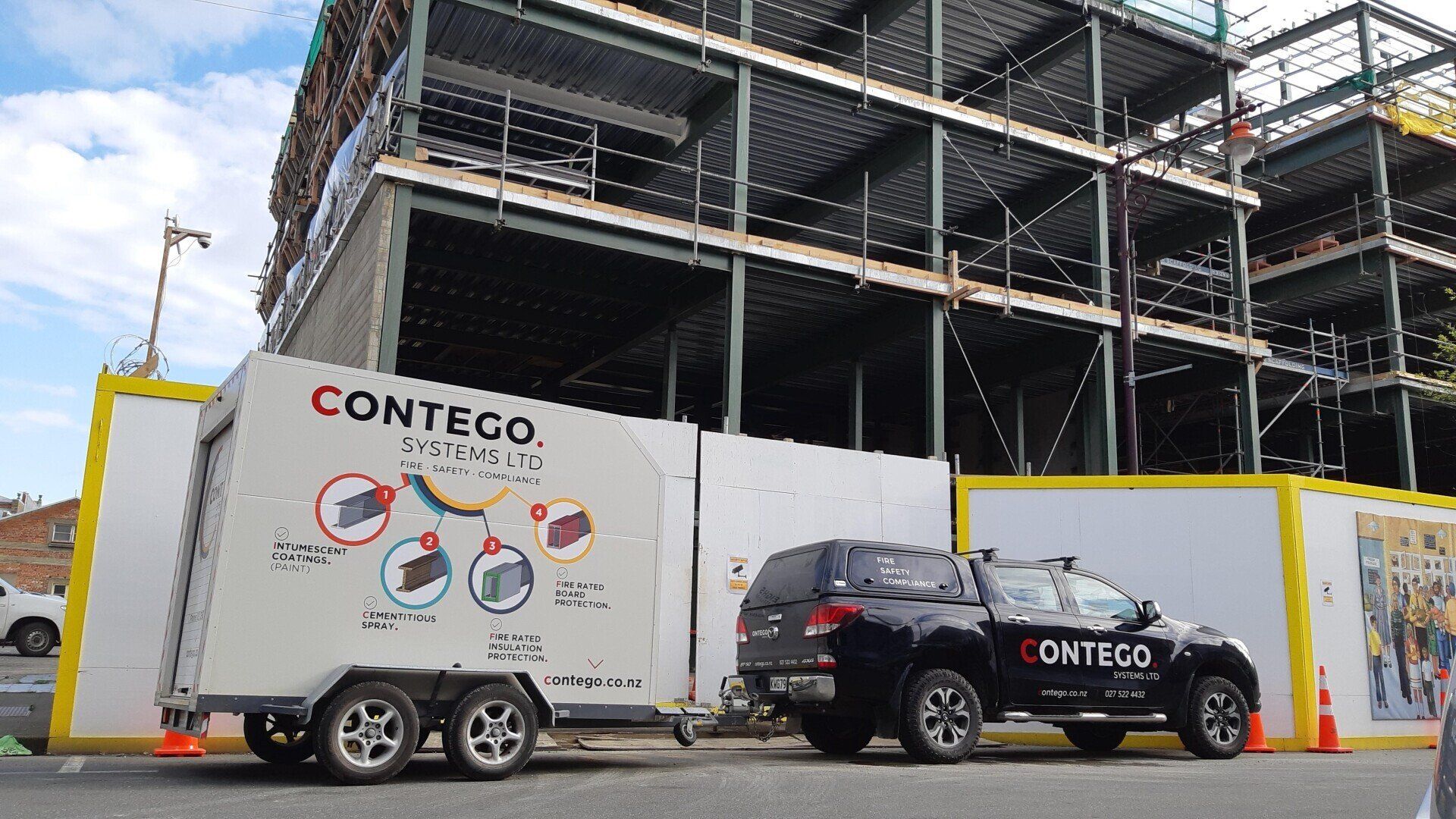
The Passive Fire Protection Intumescent Coating Code of Practice suggests that this should be a collaborative effort between all design consultants to ensure all aspects are considered. This way of thinking is no different to any other collaborative effort in designing a building whereby multiple consultants need to talk & collaborate on a solution.
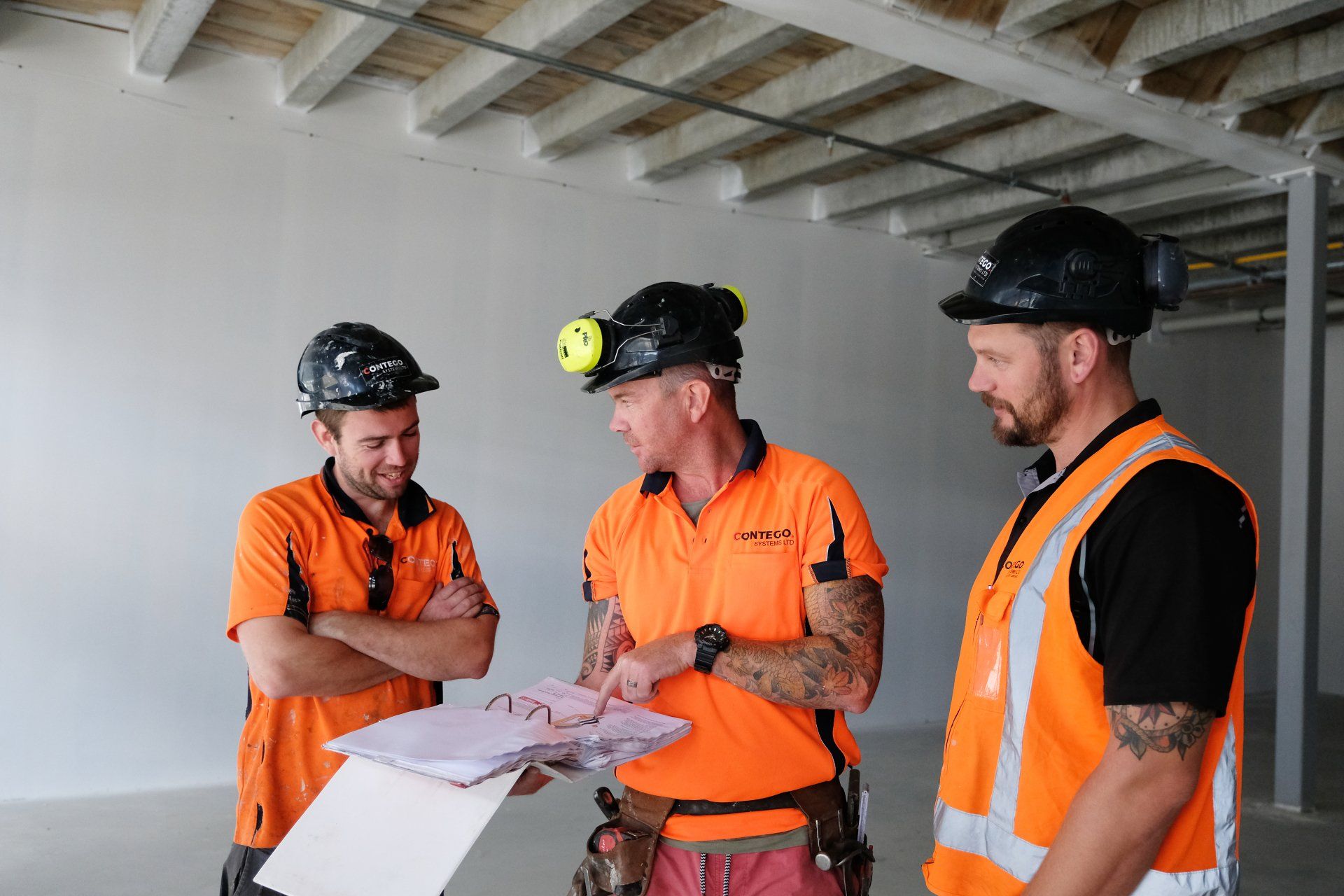
South Island passive fire protection contractor Contego today announced that it will continue its business expansion by opening a new base in the North Island in December 2021. Located in New Plymouth, the branch is expected to employ 10 persons over the next 24 months. The business currently employs 35 personnel between its bases across the South Island.

I’m sure I’m not the only one that is experiencing weekly headaches with freight delays and lead time materials. What was once available down the road, can now be a lengthy delay to get a hold of it. The feedback I am getting from suppliers and contractors is that the worst is not over, and we should be planning to deal with this for the remainder of this year.

With the current codes of practice and Passive products annual renewal being worked through the issue of Tested vs Assessed is constantly brought up in conversation. NZBC accepts the use of AS4072.1 Assessments as a way of showing compliance as an equal with a tested solution in accordance with AS1530.4.

